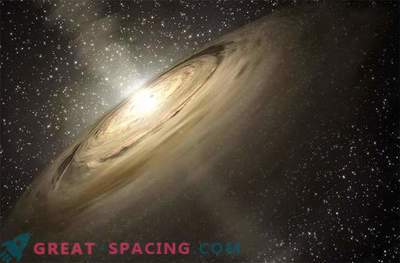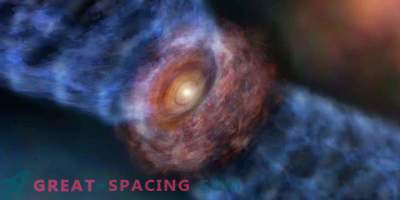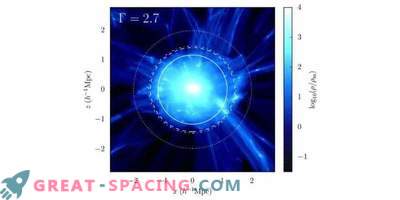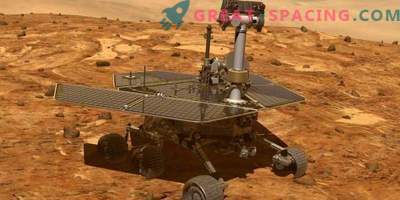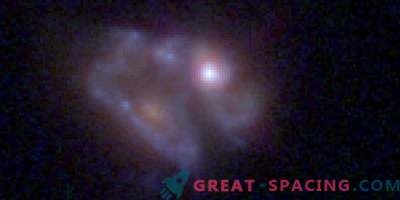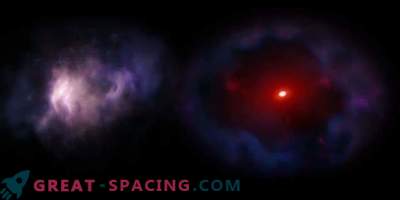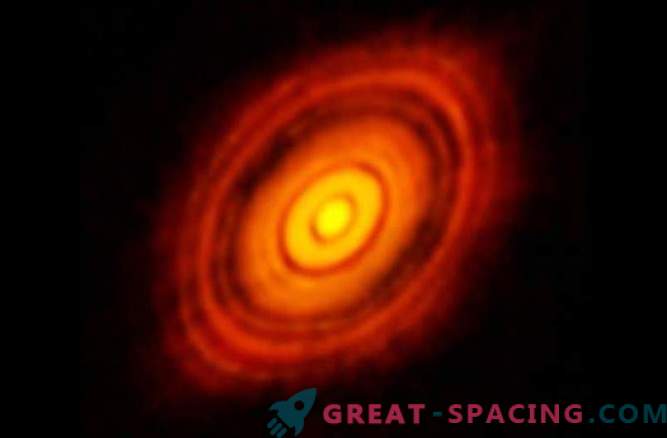
New observations of a very young star, made by the most powerful radio observatory in the world, confirmed that exoplanets originate in it.
In 2014, the Atakam Big millimeter / submillimeter array (ALMA) in Chile made a revolutionary image of a young star surrounded by an incredibly detailed system of dust rings. Why was he revolutionary? This was a clear indication that the originating planets were discovered in this star system.
But the presence of a ring system in the HL Taurus star, separated by spaces, does not necessarily mean that young exoplanets must be inside these spaces. The key to this ambiguity is that the HL Taurus is a very young star system, and scientists did not know whether it is capable of forming planets at such an early stage.
Now ALMA peers at HL Taurus again, observing emissions from HCO and gas molecules this time, not from the dust itself. The theory is this: will the picture made on the basis of the distribution of gases be identical to the picture made on the basis of the distribution of dust? Planetary gravity should absorb dust and gas equally. If exoplanets are not guilty of existence, then the distribution of gases will be uniform, without ring features.
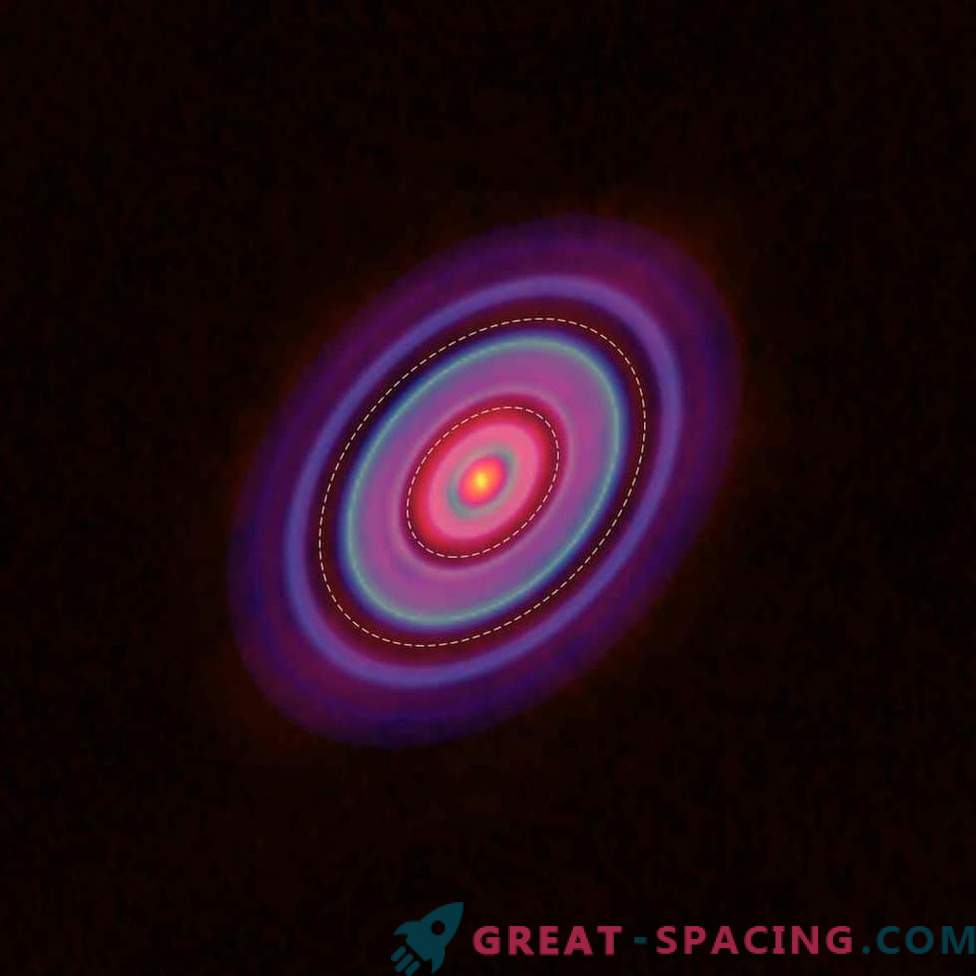
Image of a gas (blue) and dust (red) disk around the star HL Taurus
If the latter were confirmed, astronomers would be forced to admit that the separation of dust was caused by the uneven distribution of dust particles, and the hypothesis of emerging exoplanets would be destroyed. But, as you can see in this striking image above, the gas distribution is identical to the dust distribution, so the gaps are caused by nascent exoplanets. On the images made by ALMA, you can see 2 main spaces at a distance of 28 and 69 astronomical units (where 1 AE is the distance from the Earth to the Sun) from the star. If these rings surrounded our Sun, they would approximately pass through the orbit Neptune (30 AE) and Eris (68 AE), which is one of the most distant objects in our Solar System. .
"To our surprise, these gaps in the gas drive coincided with the gaps of dust," said astronomer Si-Wei Yen from the Academy Sinika of the Institute for Astronomy and Astrophysics in Taiwan. "This confirms the idea that spaces are caused by protoplanets."
Yen and his team also believe that there is enough material in the formed gap of the protoplanetary disk to form a planet with a mass reaching 80% of the mass of Jupiter. The outer space is a bit more mysterious and it takes more research to understand it, but researchers believe that if there is a planet there, it could be twice as massive as Jupiter.
HL Taurus will be the object of close attention and, of course, it will allow to learn more about the environment, located around the young stars.






